It’s late-August in Portland which means that the skies are smokey and Waldorf teachers are working hard in their classrooms. I’ve been so occupied with curriculum the past few weeks, I haven’t thought much about my classroom. I was feeling a little anxious about it, so I spent a few hours working there the past couple of days. I’m surprised at how much progress happened in such a short time.

My classroom this year is much smaller than last year’s room, but there’s something pleasingly cosy about it. And it’s still in the old part of our building which has such beautiful floors and windows.
I’m trying to think about my room differently this year than in years past and I’m really excited about it. I’m hoping to provide different spaces in the room where different activities can happen. It’s tricky in a smaller space, but I’m hopeful.
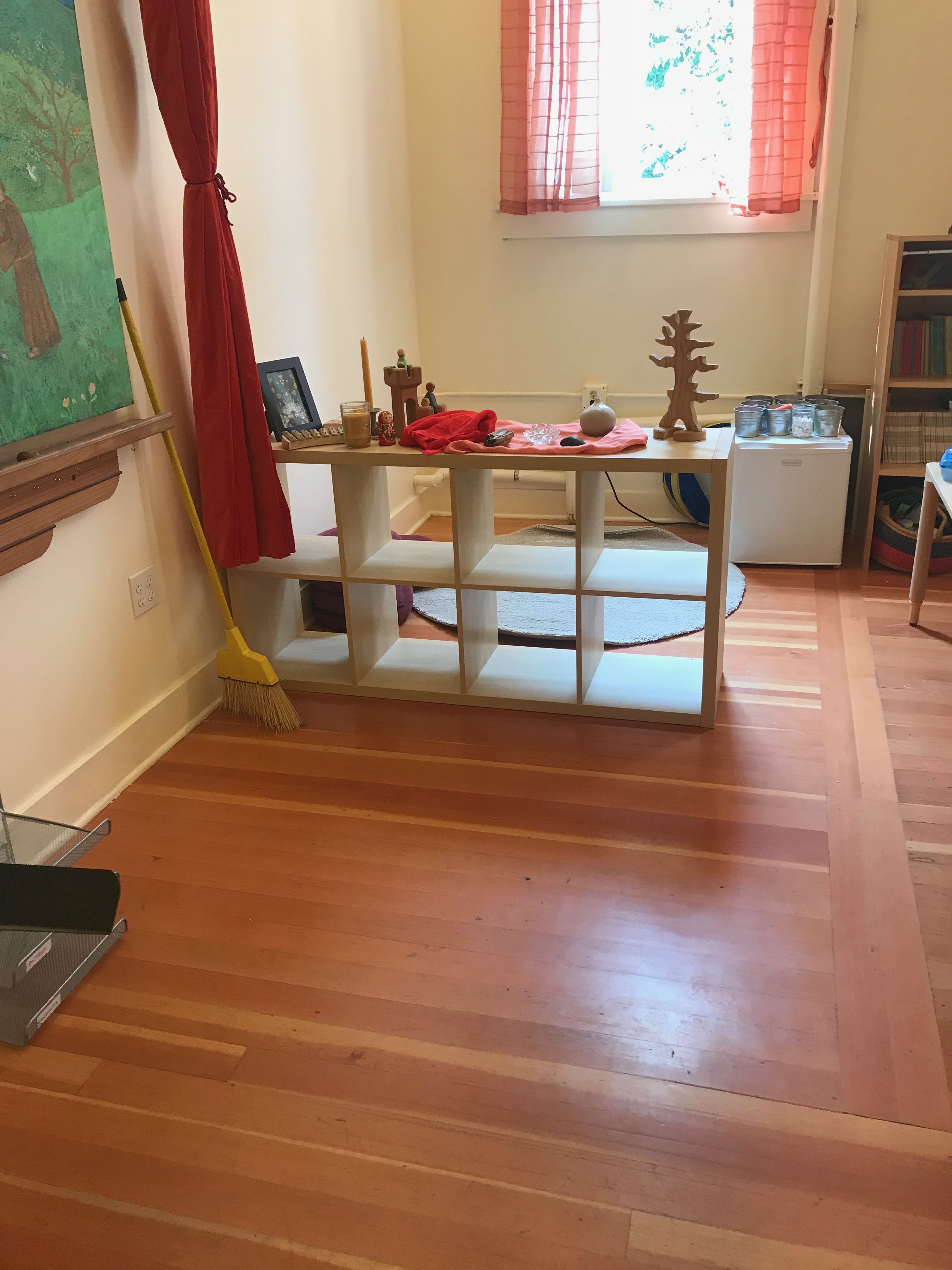
I’m not usually a fan of sectioning off the room in different ways — I like to feel the space, but I’m excited about giving the students different options for where they do some activities. This will be our reading nook.
I’ll post more classroom photos soon, when everything is set up. The biggest project I’m working on for the room is something to manage the acoustics. This room is very echo-y, and though some of our classrooms have acoustic panels, it wasn’t in the cards to install them in this room this summer, so we’re getting creative with hanging fabric that will absorb some of the sound. I’ll keep you posted.
Waldorf 2nd Grade Language Arts
I spent a good amount of time over the past week or so planning our first language arts block. The story content will be Aesop’s Fables and I’m using Roadmap to Literacy as a guide for bringing the academic content. (Once I finish reading the book cover-to-cover, I plan to write a thorough review. The authors were kind enough to donate a review copy.)
I’ve been pretty good with mapping out both the academic/skills content as well as the imaginative content for all of our blocks this year, which is something I think teachers sometimes neglect to do. We love the imaginative content and tend to give a lot of attention to it, but we need to have just as solid a plan for the skills that the students will be building through the block, as well. Often we think that the skill-building will unfold naturally, but it’s far better to plan ahead for it.
During this block we’ll be reviewing some phonics rules, learning some new ones and learning some new practice skills. Here’s a glimpse at the phonics we’ll be working with.
- Review CVC words
- Review beginning digraphs (SH, CH, etc.)
- Review -s and -ed endings
- Review R-controlled vowels
- Review silent E
(Honestly, I’m hopeful that we’ll be able to review these rules in language arts practice periods that will happen during our math block, which is the first block of the year.) Here are the new rules.
- Introduce compound words
- Introduce soft C and soft G
- Introduce encoding and decoding by onset/rime
- Introduce two vowels go walking
Of course, a lot of this will depend on where the students are when we get back to school, but I’m imagining that this block will include a LOT of work with the onset/rime rule. This understanding will really help the students progress in their reading and it will become their primary strategy for reading new words.
Onset and Rime
Having never taught 2nd grade language arts before, a lot of these concepts are really new to me, but I’m learning quickly and spending a lot of time figuring out the best way to teach my students to read. Onset and rime were pretty unfamiliar words to me before, so here’s a brief picture if they’re also new to you.
When students learn to read by using onset and rime, they make a shift from reading like this. . .
P-A-T (letter-by-letter, which is the typical way early readers read consonant-vowel-consonant words)
to reading like this . . .
P – AT
In this way, they recognize the consonant at the beginning (the onset) and the rest of the word as standing on its own (the rime.) When they can read like this, they read more fluently and with greater speed.
The way to work towards this is to do a lot of practice with word families.
Waldorf 2nd Grade Language Arts Planning
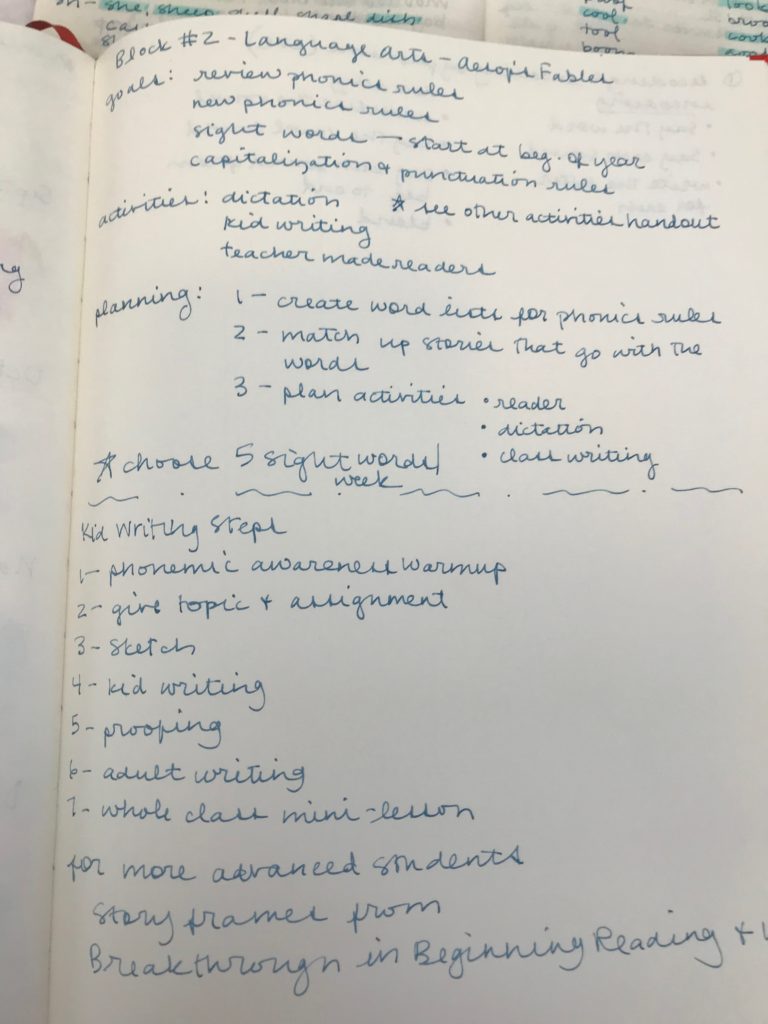
So, I had the phonics rules all mapped out for the block, but that wasn’t the end of my planning. Here’s my process . . .
- Identify the phonics rules to be addressed during the block.
- Make sample word lists that point out the different rules.
- Find fables that contain those words.
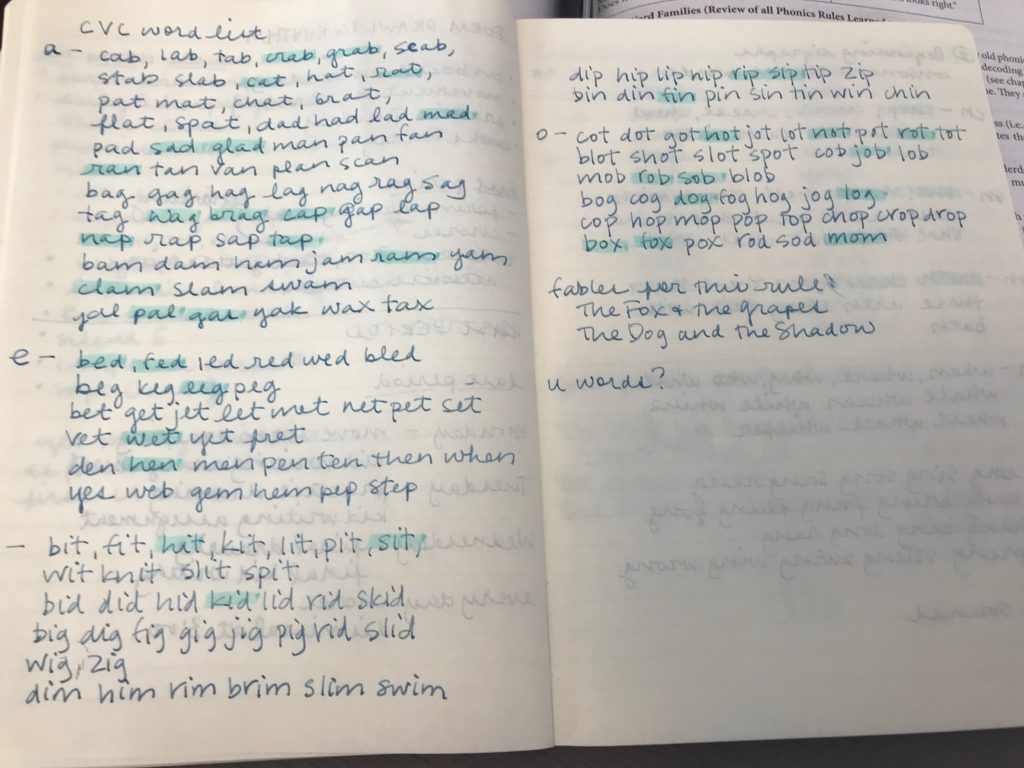
I’ve made my way through steps 1 and 2, but still have to read through those fables with all of those sample words in mind and try to find them. I imagine that we’ll use all kinds of words — whether they pertain to the story or not, including nonsense words — but if I can find the words within the stories it will all just tie together so nicely.
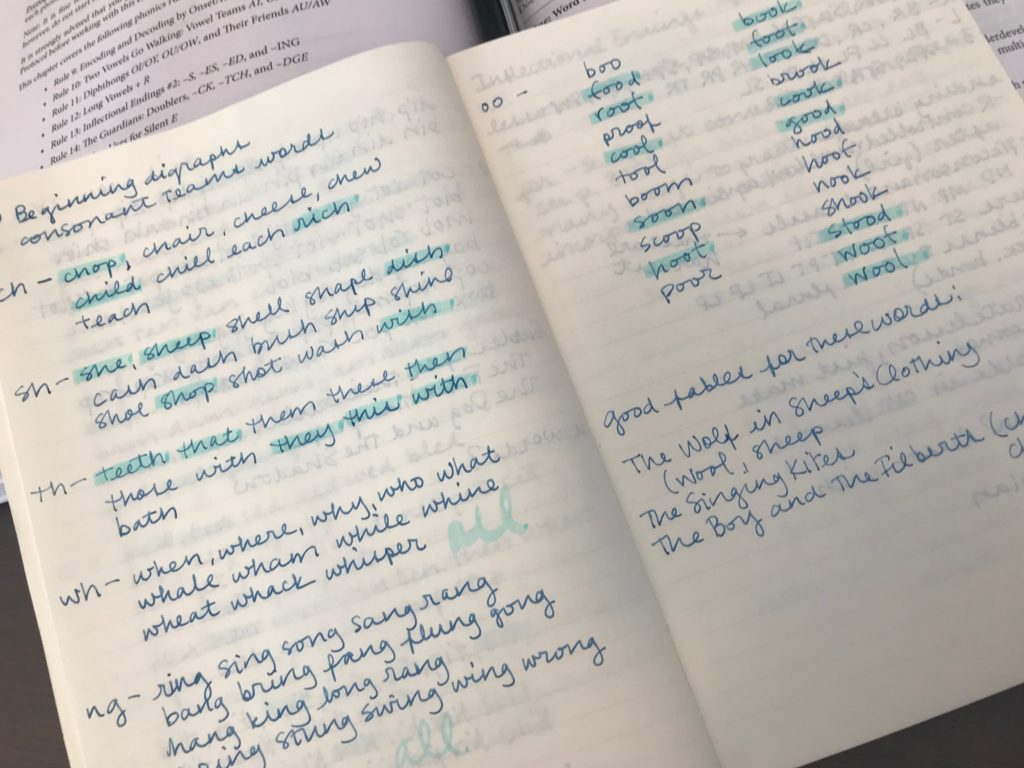
Waldorf 2nd Grade Rhythm
Having such a strong emphasis on skill-building and the academic content that we’ll be working with is really forcing me to examine my daily main lesson rhythm. In the past, I have used the daily review to guide our work in the skill-building/academic content of the lesson, which is why it is so important to have those phonics rules connect back to our imaginative content.
But, I’m realizing that I want to dedicate more time and attention to that daily skill-building and practice, so I’m switching up my rhythm to include a daily “practice” time during main lesson that is separate from review and bookwork. (Does this make sense? It does in my head.)
Old dogs don’t learn new tricks very easily, so we’ll see how well I stick to that plan as the year unfolds.
Favorite Resources
I can’t seem to stop buying books this year! Years ago, I decided, for the most part, to purchase books with my own money so I can keep them for future use. Particularly expensive curriculum books that seem like good resources for the school to own are exceptions to this rule. This year my collection is sure growing!
After working through the phonics rules, I went to my shelf to pull our my book of fables and I was astonished to find I didn’t have one! How could I have not bought an Aesop’s Fables book already!? I quickly remedied this with a trip to Powell’s, which, of course, had a couple of fantastic older editions that were just perfect.
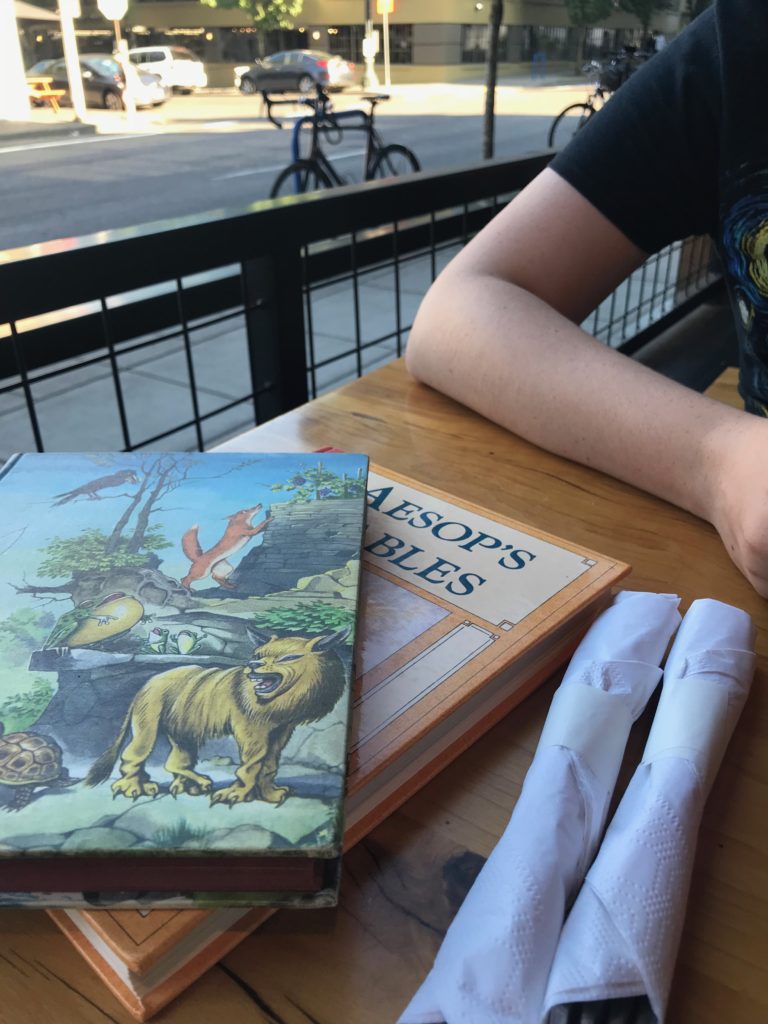
One of them has just a few of the most popular fables, fleshed out with more of a story and character development (which is really lacking in the traditional version of the stories.) The other book has just the brief, bare-bones story, but is a more thorough collection.
I also purchased some good read-aloud books that were recently recommended on my Facebook group. (Which, by the way, is a great resource for teachers. Come on over and join.)
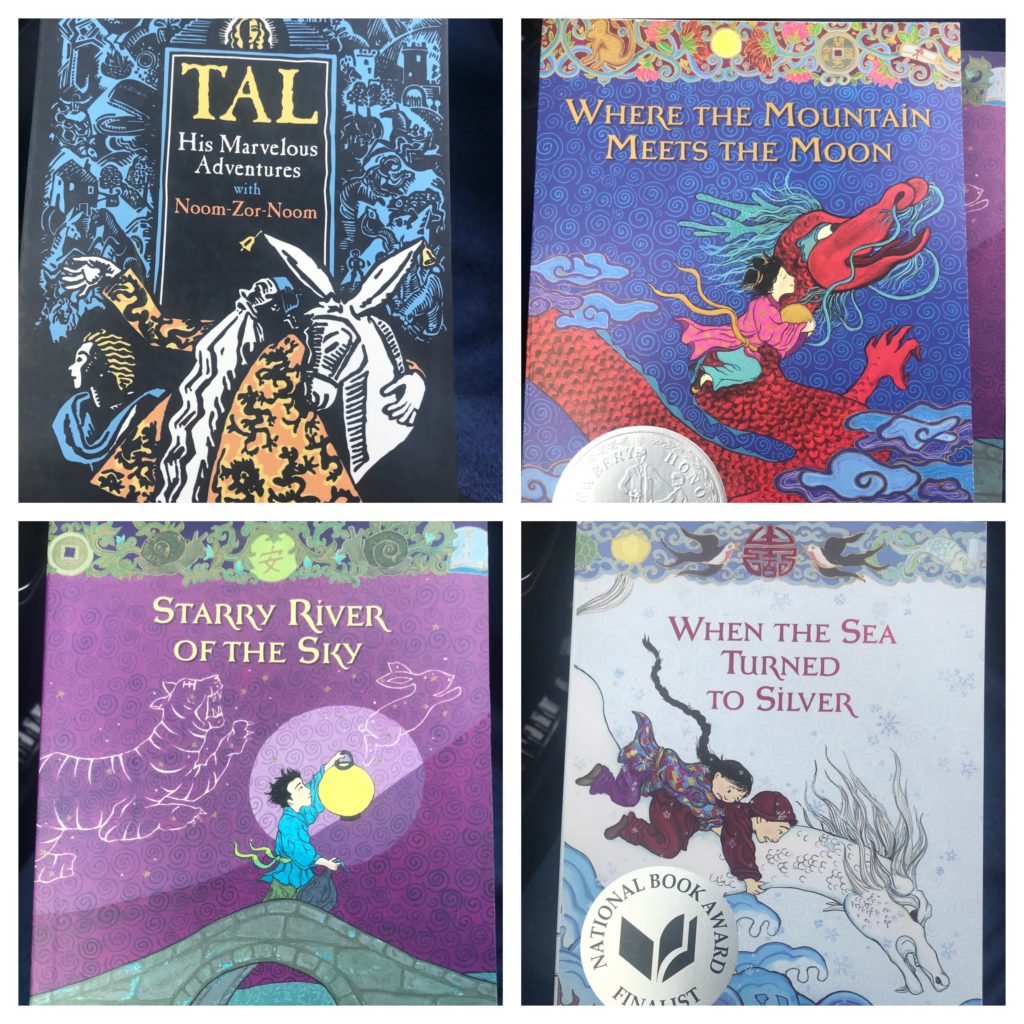
What are your favorite 2nd grade read-alouds? Leave them in the comments.
Finally, thanks so much to everyone who has sent me such positive messages about my first grade curriculum guides. I thoroughly enjoyed putting them together this summer, and it was a nice way to reflect on the year. If you’re teaching first grade this year, you can check out those guides here.




Leave a Reply